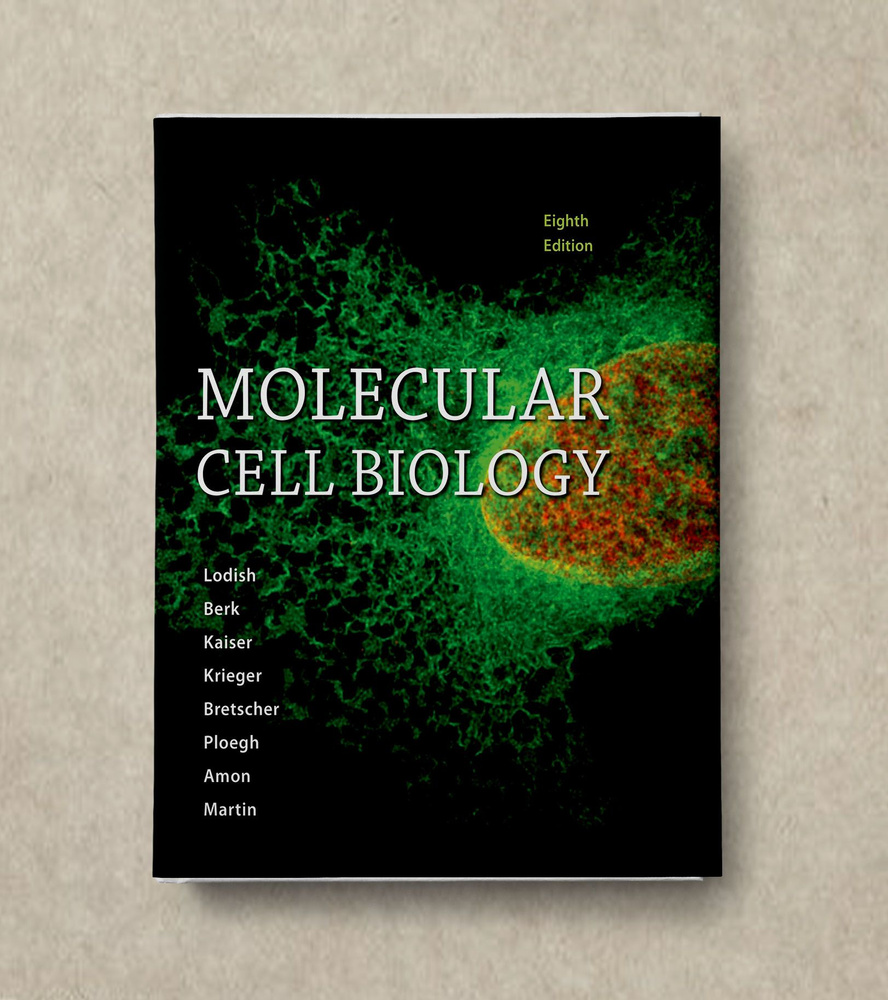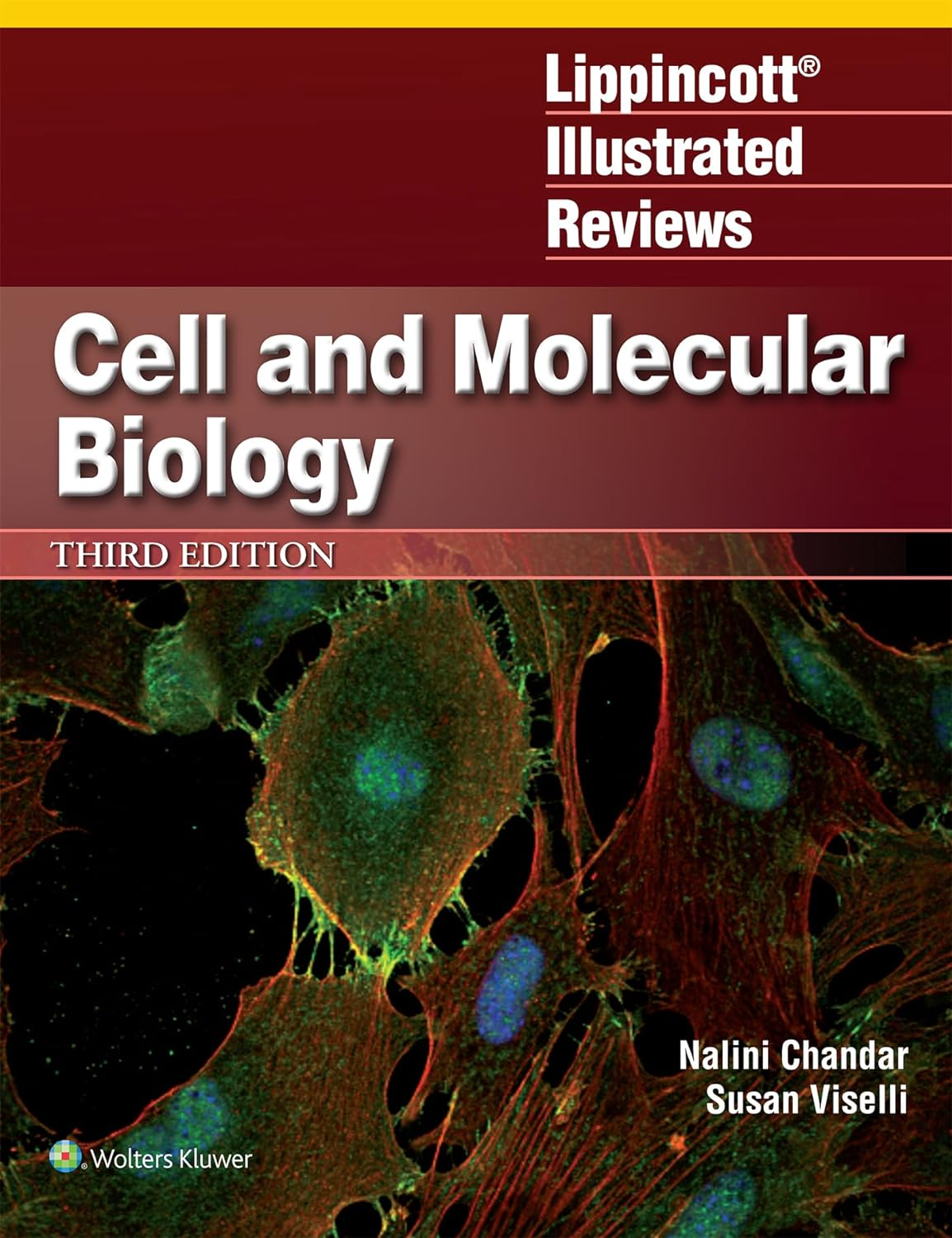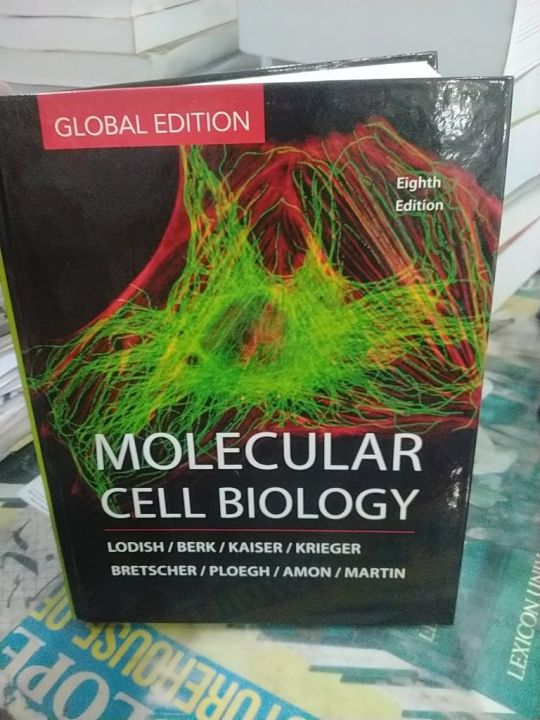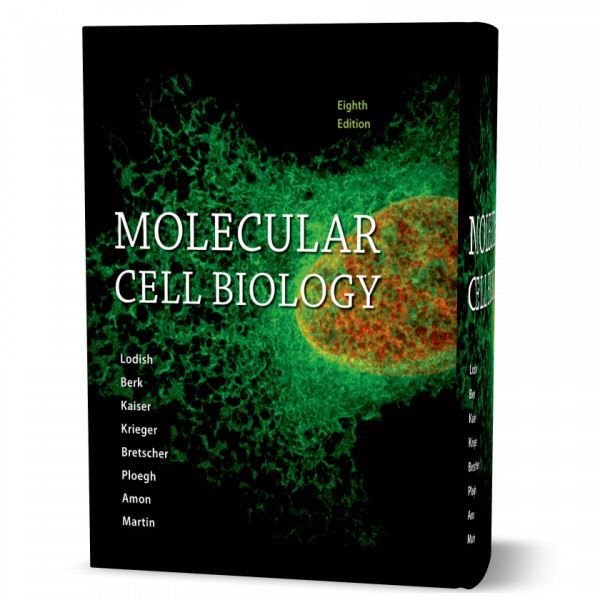Molecular Cell Biology 8th Edition Ebook

The bedrock of modern bioscience, Molecular Cell Biology, has long been the go-to resource for students navigating the complexities of cellular mechanisms. Now, the highly anticipated 8th Edition Ebook is poised to redefine how this critical information is accessed and absorbed.
But what does this digital transformation mean for students, instructors, and the future of biological education itself?
The 8th Edition Ebook of Molecular Cell Biology represents a significant shift in how this essential textbook is delivered. It promises enhanced accessibility, interactive features, and cost-effectiveness.
This article will delve into the specifics of the ebook, exploring its features, benefits, and potential drawbacks, while also considering the broader implications for science education.
Enhanced Accessibility and Features
One of the primary advantages of the 8th Edition Ebook is its accessibility. Students can access the textbook anytime, anywhere, using a variety of devices, including laptops, tablets, and smartphones.
This eliminates the burden of carrying a heavy textbook and allows for studying on the go. "The digital format is a game-changer for students who are juggling classes, research, and other commitments," says Dr. Anya Sharma, Professor of Cell Biology at the University of California, Berkeley.
The ebook format also allows for integration of interactive features, such as embedded videos, animations, and interactive quizzes. These elements can significantly enhance comprehension and retention of complex concepts.
Furthermore, the ebook allows for seamless searching and note-taking, facilitating efficient study habits. Students can quickly find specific information and annotate the text without the need for physical highlighters or sticky notes.
Cost-Effectiveness and Environmental Impact
Textbook costs have long been a major concern for students. Ebooks often offer a more affordable alternative to traditional print versions.
The 8th Edition Ebook is expected to be priced lower than the hardcover edition, making it more accessible to a wider range of students. According to a recent survey by the National Association of College Stores (NACS), students are increasingly turning to digital textbooks to save money.
Beyond cost savings, ebooks also contribute to environmental sustainability by reducing paper consumption. The production and distribution of traditional textbooks require significant resources, including trees, water, and energy.
By opting for the ebook, students can reduce their carbon footprint and contribute to a more environmentally friendly learning experience. "The shift towards digital textbooks is not just about convenience and cost," says Sarah Chen, a sustainability advocate at the Students for Environmental Action organization, "it's about making conscious choices that benefit the planet."
Potential Drawbacks and Concerns
Despite the numerous advantages, the 8th Edition Ebook also presents some potential drawbacks. Digital eye strain is a concern for students who spend prolonged periods reading on screens.
Taking regular breaks and adjusting screen settings can help mitigate this issue. Access to the internet is also a prerequisite for accessing the ebook, which may pose a challenge for students in areas with limited connectivity.
Another potential concern is the distraction posed by other digital content and applications available on the same device. Students need to cultivate effective self-discipline to minimize distractions and stay focused on their studies.
Digital Rights Management (DRM) restrictions may also limit the flexibility of the ebook. For example, students may not be able to print or share portions of the text without violating copyright restrictions.
Impact on Instruction and Learning
The 8th Edition Ebook has the potential to transform the way cell biology is taught and learned. Instructors can leverage the interactive features of the ebook to create more engaging and dynamic lectures.
Embedded videos and animations can help illustrate complex concepts and processes, making them easier for students to grasp. The ebook also facilitates active learning strategies, such as interactive quizzes and collaborative projects.
Furthermore, instructors can use the ebook to track student progress and identify areas where students may be struggling. This allows for more personalized and targeted instruction.
However, successful integration of the ebook into the curriculum requires careful planning and preparation. Instructors need to familiarize themselves with the features of the ebook and develop effective strategies for incorporating it into their teaching.
Looking Ahead
The release of the Molecular Cell Biology 8th Edition Ebook signals a broader trend towards digital textbooks in higher education. As technology continues to evolve, ebooks are likely to become even more sophisticated and interactive.
Future editions may incorporate augmented reality (AR) and virtual reality (VR) technologies to provide even more immersive and engaging learning experiences. Artificial intelligence (AI) could also be used to personalize learning pathways and provide students with tailored feedback and support.
While the transition to digital textbooks is not without its challenges, the potential benefits for students, instructors, and the environment are significant. The 8th Edition Ebook represents a significant step forward in making high-quality science education more accessible, affordable, and sustainable. The digital future of cell biology education is here.


















